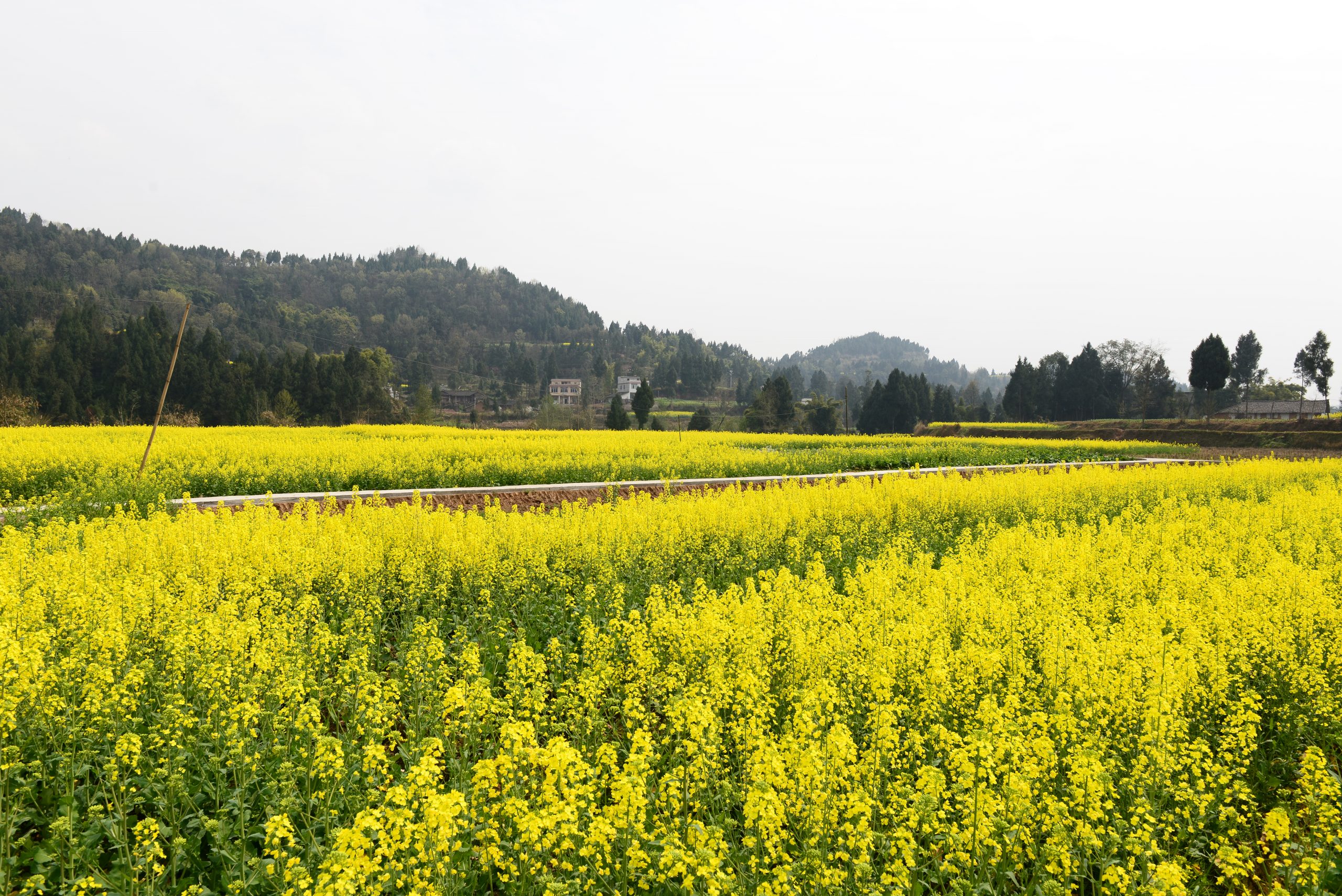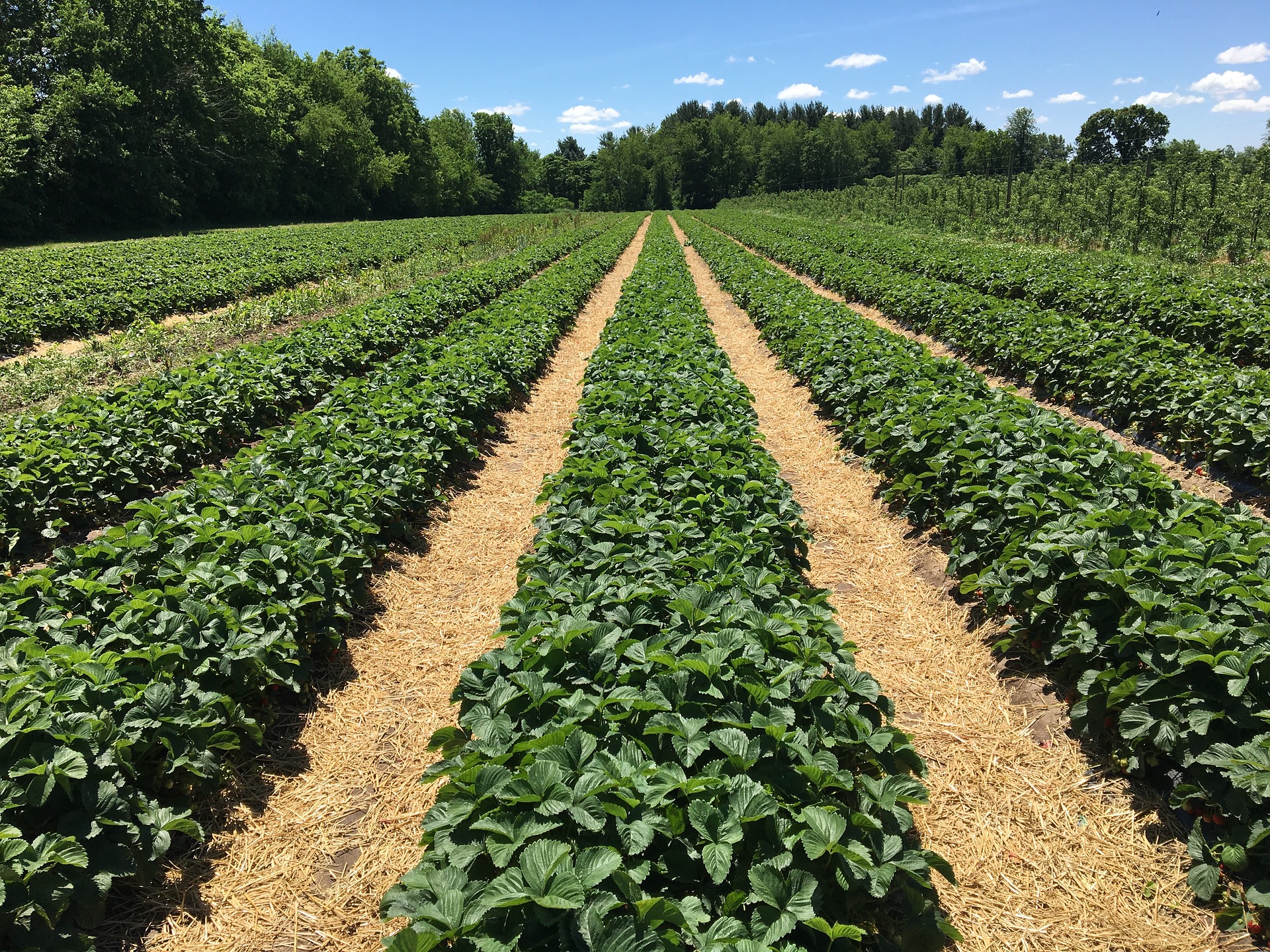Earth Day recalls that this is the only world we have and that we must collaborate to protect it. We are committed to farming practices that prioritize soil health, biodiversity and holistic ecosystem restoration. Our solutions are standardized and connected to our farmlands and local farmers, specifically geographies. Here’s how we do:
Intercropping
An agricultural activity that involves planting or growing two or more crops on the same piece of land at the same time in order to increase the yield per unit of land. While the crops are not all planted or harvested at the same time, they are typically “simultaneous” for a large portion of their growing seasons. It’s a strategy that’s often related to organic farming and sustainable agriculture. Crop yield and pest management can also be increased by intercropping. It helps farmers to implement ecosystem diversity concept on their field. Spatial arrangement of seeds, planting times, and maturity dates are essential factors when planning intercropping. A well performed intercropping practice can be more productive than growing pure stands.

Rotational cropping
A process of planting several crops on the same plot of land in order to increase soil quality, optimize nutrients, and fight pest and weed pressure. Crop rotation helps return nutrients to the soil without synthetic inputs. Additionally, it acts to disrupt pest and disease cycles, boost soil quality by raising biomass from various crop root systems, and increase field biodiversity. A basic rotation may consist of two or three crops, while more complicated rotations may include a dozen or more. In conventional farming, farmers’ plants the exact same crop in the same place every year, the crops continually draw the same nutrients out of the soil. Pests and diseases happily make themselves a permanent home as their preferred food supply is guaranteed. In such monocultures, increased amounts of chemical fertilizers and pesticides are needed to keep yields up high while preventing bugs and diseases away.

Terrace farming
Terrace farming is a traditional agricultural activity in mountain regions that involves the construction of terraces. The horizontal terraces can provide a wide range of surface areas for cultivation on the slopes of hills to support farming for the long term. These terraces can help to reduce soil erosion and increase water holding capacity, which can improve soil fertility and land pww.facebook.com/bombyxsilkroductivity. Terrace farming can also create various micro-climates that protect crops from strong winds and gain the intensity of solar radiation on a field. Last but not least, it enhances biodiversity and ecosystem restoration, by creating an aesthetic landscapes.
